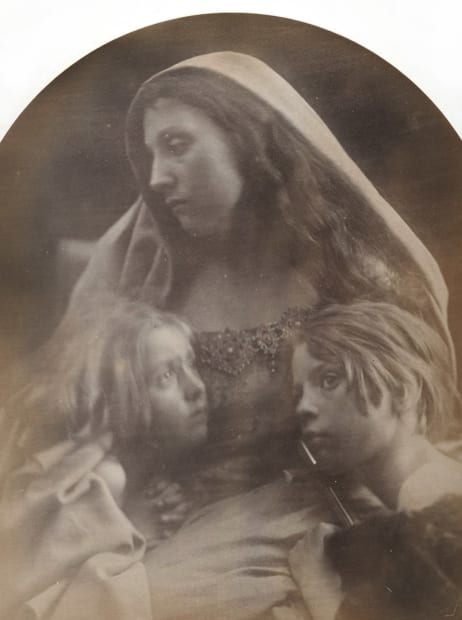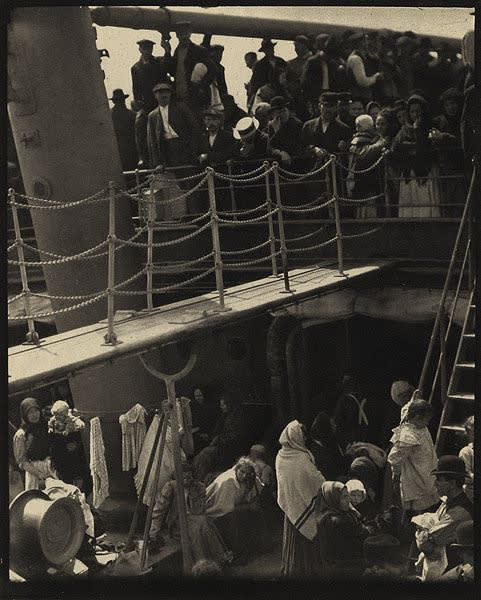-
# The Art of Fashion
Part I: Nineteenth and Early Twentieth Century originsOur first Room with a View presents rare and beautiful examples of albumen prints, photogravures and silver gelatin prints. Coinciding with The Fashion Show at the gallery, this is the first in a series dedicated to the art of fashion from the 19th - 21st century. Taking a closer look at the origins and purpose of early masters, leading directly to the current pages of our fashion magazines, as well as the contemporary market for fine art photography.
Click on each image to see prices, framing options, and view each work on a wall - or use the augmented reality option to view on your wall at home.Works under $10,000 are available to ‘buy now’ or use the enquiry buttons if you have any questions about works in the group.
We look forward to hearing from you! -

-
-

-
Closer to home in Europe and America, narrative and allegory were explored through costume and scenery, as a way to embody the emotional lives of particular sitters, and their position and role in society - or to represent classical, literary and artistic ideals.
-

-
As the industrial revolution gathered pace across the world, influential British photographer Peter Henry Emerson also found inspiration closer to home, immersing himself in the life and traditional practices of East Anglia.
While by no means the first photographer to elevate a simple, rural life as an ideal, it's interesting to note that tourists were already flocking to the area at that time, to escape the increasingly gritty, urban experience - a desire that has resonated and continued through the centuries. -
Emerson was extremely vocal and active in prominent debates about Art, Photography and Pictorialism that continued for over three decades through to the 1920's and 1930's. The often conflicting views of key figures in Pictorialism in Great Britain united to promote photography as a fine art in 1892, with the formation of the Brotherhood of the Linked Ring. As photography, travel and transport became more accessible, their letters, images and journals could be exchanged in much wider circles, across the globe. In late 1894 Alfred Stieglitz was elected as one of the first two American members of the Linked Ring, and the Photo Secession movement was formed and led in New York by Stieglitz and fellow photographer Eduard Steichen in 1902.
-

-
These two strands of influence thread through into the pages of the first journal dedicated solely to fine art photography - Camera Work, published between 1903 and 1917 by Alfred Stieglitz. The photogravures in Camera Work were painstakingly constructed with Japanese tissues and hand-tipped mounts, to suit the aesthetics and mood of each print. The soft, rich tones are unrivalled in their understated beauty and presence, and remain some of the finest and most accessible examples from this important era.
-

-








